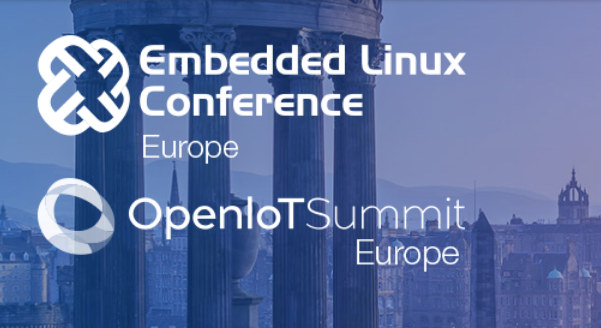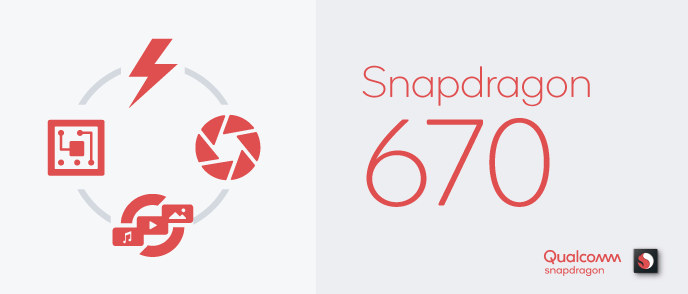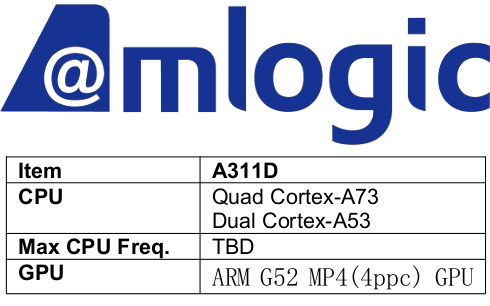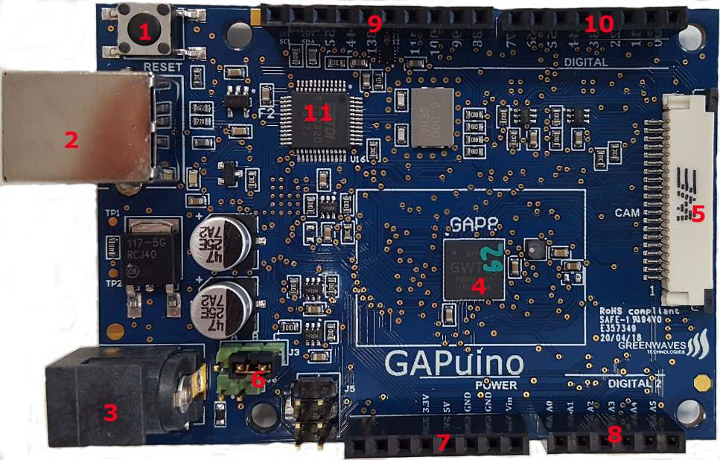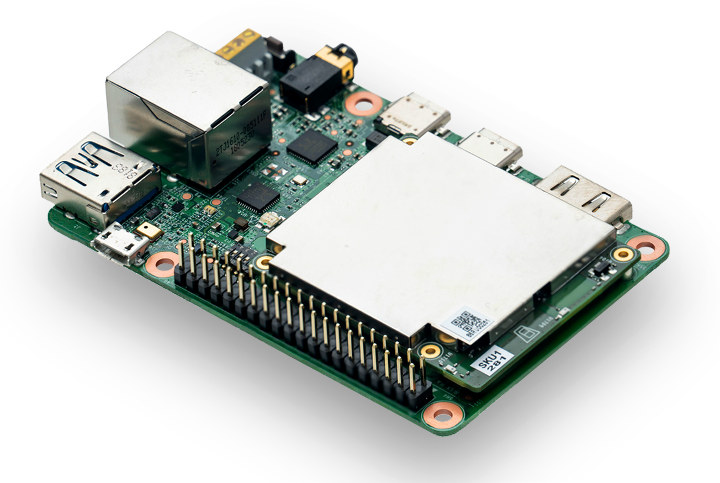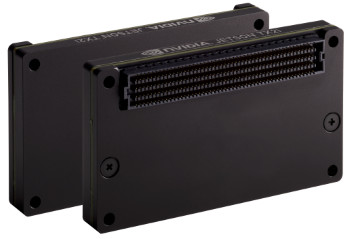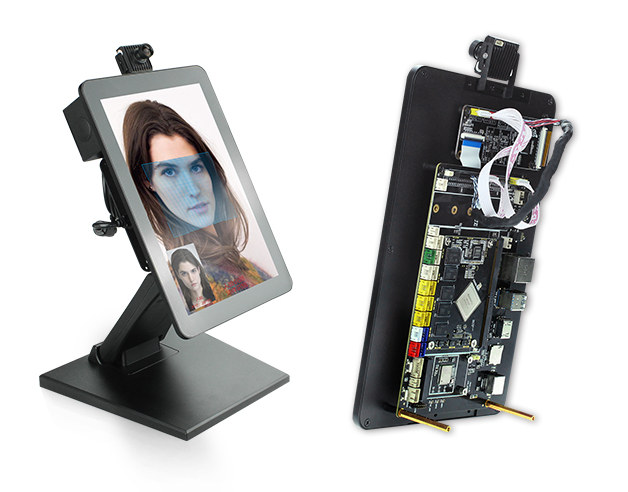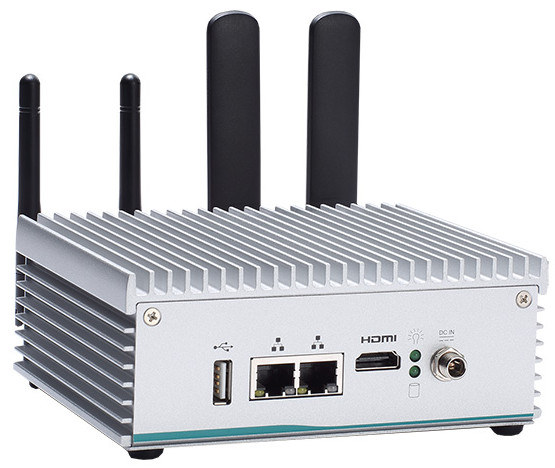The Embedded Linux Conference & OpenIoT Summit 2018 took place in March of this year in the US, but the European version of the events are now planned to take place on October 21-24 in Edinburg, UK, and the schedule has already been released. So let’s make a virtual schedule to find out more about some of interesting subjects that are covered at the conferences. The conference and summit really only officially start on Monday 22, but there are a few talks on Sunday afternoon too. Sunday, October 21 13:30 – 15:15 – Tutorial: Introduction to Quantum Computing Using Qiskit – Ali Javadi-Abhari, IBM Qiskit is a comprehensive open-source tool for quantum computation. From simple demonstrations of quantum mechanical effects to complicated algorithms for solving problems in AI and chemistry, Qiskit allows users to build and run programs on quantum computers of today. Qiskit is built with modularity and extensibility […]
Snapdragon 670 Launched with Better Performance and Camera Capabilities, Artificial Intelligence Tech
Qualcomm has just introduced another of their “Mobile Platforms” with Snapdragon 670. The chipset comes with eight Kryo 360 cores, a Snapdragon X12 LTE modem for download speeds up to 600 Mbps, as well as Qualcomm AI engine and Hexagon 685 DSP for accelerating artificial intelligence workloads. The Qualcomm Spectra 250 ISP found in the SoC is said to enable most of the premium camera features found in professional cameras including noise reduction, image stabilization, and active depth sensing. Snapdragon 670 specifications: CPU – Octa-core processor with a cluster of 2x Kryo 360 performance cores @ up to 2.0 GHz, and a cluster of 6x Kryo 360 efficiency cores @ up to 1.7 GHz Visual Processing System (aka GPU) – Adreno 615 GPU with support for Open GL ES 3.2, Open CL 2.0, Vulkan, DirectX 12, H.264/H.265/VP9 Ultra HD video playback, DisplayPort over USB Type-C DSP – Hexagon 685 DSP […]
Amlogic A311D Media Processor Features Cortex A73/A53 Cores, an Arm Mali-G52 MP4 GPU
As far as processors are concerned, it’s been pretty quiet in the TV box space in this year with for example, devices based on Amlogic S922 yet to launch, and new TV boxes are normally launched with processors such as Amlogic S905X/Z/W or S912, as well as Rockchip RK3328 or RK3229. But this morning, I’ve been informed that Amlogic is working on a more powerful media processor based on info from buildroot release notes Amlogic A311D is an hexa-core processor featuring four Arm Cortex A73 cores, two Cortex A53 cores, and an Arm Mali-G52-MP4 GPU. Amlogic A311D specifications known so far: CPU – 4x Arm Cortex A73 @ TBD GHz, 2x Arm Cortex A53 GPU – Arm Mali-G52 MP4 Memory I/F – DDR3/4; LPDDR3/4 Storage I/F – eMMC, SD/SDHC/SDXC Video Output – HDMI Tx up to 4K2K @ 60 Hz with CEC & HDR support, CVBS Video Processing Unit (VPU) […]
GAPUINO GAP8 is a $229 RISC-V MCU Developer Kit for A.I. Applications
GreenWaves GAP8 is a low power RISC-V “MCU class” processor with eight compute cores optimized for artificial intelligence applications, and its main selling point is the ability to do tasks like computer vision or audio processing at very low power, even good enough to run on batteries. When we first covered GAP8 RISC-V processor at the beginning of the year, the company also mentioned a development kit comprised of GAPDUINO Arduino compatible board, a sensor board, and a QVGA camera module to experiment with the solution. The board and development kit are now easier to purchase as the devkit is sold on SeeedStudio for $229. GAPuino board specifications: SoC – GAP8 IoT Application Processor with 8x RISC-V compute cores, 1x RISC-V fabric controller core delivering up to 200 MOPS at 1mW and >8 GOPS at a few tens of mW Memory / Storage – HyperBus combo DRAM/Flash with 512 Mbit […]
Google Unveils Edge TPU Low Power Machine Learning Chip, AIY Edge TPU Development Board and Accelerator
Google introduced artificial intelligence and machine learning concepts to hundreds of thousands of people with their AIY projects kit such as the AIY Voice Kit with voice recognition and the AIY Vision Kit for computer vision applications. The company has now gone further by unveiling Edge TPU, its own purpose-built ASIC chip designed to run TensorFlow Lite ML models at the edge, as well as corresponding AIY Edge TPU development board, and AIY Edge TPU accelerator USB stick to add to any USB compatible hardware. Google Edge TPU (Tensor Processing Unit) & Cloud IoT Edge Software Edge TPU is a tiny chip for machine learning (ML) optimized for performance-per-watt and performance-per-dollar. It can either accelerate ML inferencing on device, or can pair with Google Cloud to create a full cloud-to-edge ML stack. In either case, local processing reduces latency, remove the needs for a persistent network connection, increases privacy, and […]
NVIDIA Jetson TX2i Module is Designed for Industrial Environments
NVIDIA Jetson TX2 “Artificial Intelligence Computer” module was announced in March 2017 with a Tegra X2 hexa-core processor, a 256-core Pascal GPU, 8GB RAM, 32GB storage, and support for 4K 60 fps encoding and decoding. But it turns out NVIDIA announced an rugged version of the module dubbed Jetson TX2i designed for reliable operation in harsh industrial environments in March of this year. NVIDIA Jetson TX2 and TX2i are pin-to-pin compatible, and can run the same software, but TX2i has been designed and tested for rougher conditions. Feature Jetson TX2 Jetson TX2i Shock 140G, 2ms 140G, 2ms Vibration 10Hz ~200Hz, 1g & 2g RMS Random: 5g RMS 10 to 500Hz Sinusoidal: 5g RMS 10 to 500Hz Temp Range -25°C – 80°C -40°C – 85°C Humidity 85°C / 85% RH, 168 hours -10°C to 65°C / 95% RH, 240 hours Operating Life 5 Years (GB at 35C: MTBF=1,747,520 hours GF at […]
Firefly Baidu Face Recognition Kit Comes with Monocular, Binocular, or Structured Light Camera
Firefly AIO-3399J industrial board comprised of a Rockchip RK3399 SoM and a baseboard offering plenty of I/O & connectivity options has been bundled with various other accessories including a 10.1″ touchscreen display, and cameras to create a development platform for Baidu AI offline (aka “at the edge”) face recognition technology. The development kit is available in different variants with either a monocular camera, a binocular camera, or a structured-light camera. There’s also a deluxe kit with WiFi and a stand. Baidu Face Recognition Kit key specifications: SoC – Rockchip RK3399 hexa-core big.LITTLE processor with dual core ARM Cortex A72 up to 2.0 GHz and quad core Cortex A53 processor, ARM Mali-T860 MP4 GPU with OpenGL 1.1 to 3.1 support, OpenVG1.1, OpenCL and DX 11 support System Memory – 2GB DDR3 RAM Storage – 16GB eMMC 5.1 flash, micro SD card slot Display – 10.1″ 1280×800 capacitive touch display Connectivity – […]
Axiomtek eBOX560-900-FL Ubuntu 16.04 Fanless Embedded Computer is Powered by NVIDIA Jetson TX2 Module
Axiomtek has unveiled eBOX560-900-FL fanless embedded computer equipped with an NVIDIA Jetson TX2 module, two Gigabit Ethernet ports, a HDMI 2.0a port, an NVMe slot, etc. It also supports WiFi and LTE connectivity for gateway applications. The rugged computer runs Ubuntu 16.04, targets high performance AI workloads such as machine vision, deep learning, and edge computing, and comes with IP40 protection, vibration resistance, and -10 to 50°C temperature range support. Axiomtek eBOX560-900-FL specifications: SoM – NVIDIA Jetson TX2 module with SoC – NVIDIA TX2 hexa-core processor with 2x Denver cores, 4x Arm A57 cores, and a 256-CUDA core NVIDIA Pascal GPU System Memory – 8GB 128-bit LPDDR4 @ 1866 MHz Storage – 32GB eMMC flash Storage – 1x M.2 2280 M-Key slot w/ PCIe 2.0 x4 (supports M.2 NVMe SSD) Video Output – 1x HDMI 2.0 with 4K2K support Connectivity 2x 10/100/1000 Mbps Ethernet (NVIDIA + Intel I210-IT) 802.11ac WiFI […]


